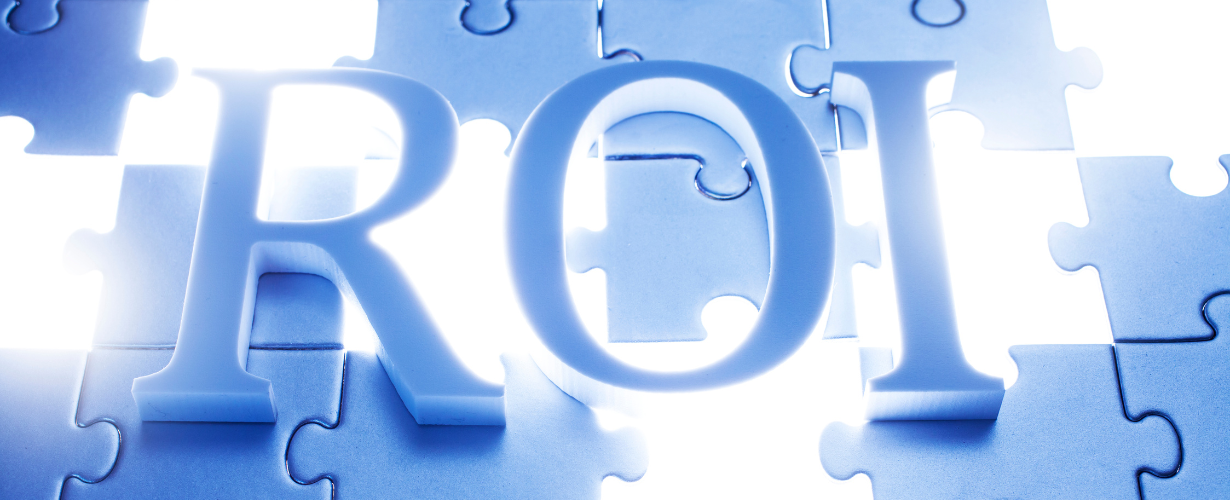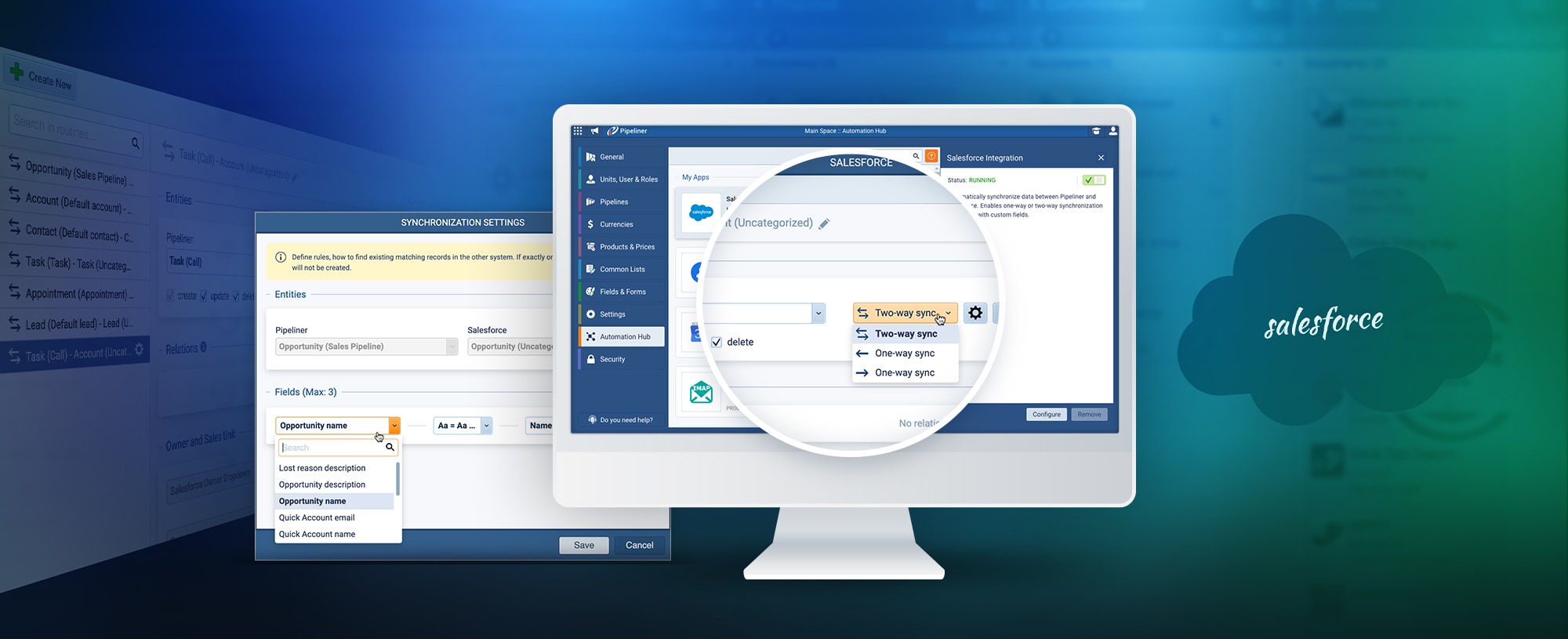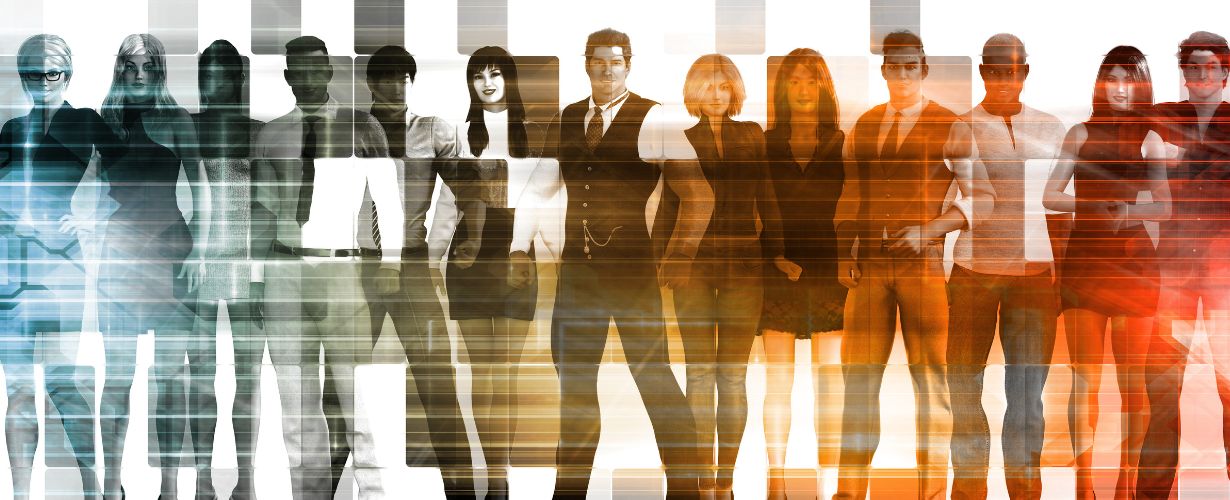It’s a risky business at best to navigate your business ship through the waters of these crazy times. To begin with, navigation cannot be done until you know for certain where you want to go, and has to be performed beginning right where you are.
In parallel to the 15th century, we’re navigating out of the old world and into the new. We’re in the midst of a major change—a paradigm shift—in the business world, and in many ways, the new world is evolving while the old still exists. We’re in a stage where many former methods no longer work, while new ones are still taking hold.
Change Acceleration
Perception of change is in itself a primary problem with change. In the last century, most significant changes took place over the period of a lifetime, such as the transformation of the horse to the automobile, or the evolution of the telephone, or the evolution from radio to television.
Changes occur much more swiftly today. Look at the rapid evolution of the smartphone, for example. In just a few short years, the smartphone has completely revolutionized our lifestyles.
Mindset Change—Analog to Digital
Navigation of these often uncertain waters requires specific skills. Some think it’s only common sense. Others, though, realize it takes a whole new mindset.
Instead of behaving in accordance with today’s digital world, many still act as if it’s all still analog. For example, someone comes to a vendor or consultant with a specific problem. The vendor or consultant asks, “How many employees do you have?”
This is a completely inadequate question for estimating company strength in strictly modern terms. Today, you can have a thousand staff and be completely inefficient. On the other hand, you can have ten employees and be incredibly efficient.
Increasing Computerization
All it takes is a fast glance into today’s business world to see that we’re computerizing everything that can possibly be computerized. This will continue to be the case, and will happen exponentially. Any task that is being performed by a person that can possibly be automated is going to be, if it hasn’t already.
Repetitive-type tasks are performed better by computers than by humans. Computers are more efficient. They don’t make mistakes. They don’t become ill. They don’t take vacations. They don’t have personal problems. They never complain. They never tire.
This trend, it is feared by some, may cause considerable job losses. The actual fact is, humans being replaced by automation are being freed up to do tasks that computers cannot do, and should find different careers that are more rewarding.
A forward-thinking mindset is required to analyze a company for processes that should be automated, and then to take appropriate actions. Any company that doesn’t proceed this way will eventually become extinct, while others that have digitally adapted will take their place.
Digitalization Equals Substitution
Since the beginning of time, we’ve seen this kind of substitution—a technology or a company replacing one that has been outmoded.
Many companies based their transport systems on horses at the dawn of the 20th century. As motor vehicles took over and substituted for the horses, the horses didn’t vanish. They just went onto different uses, such as equestrian activities.
What, then, becomes your company’s next substitution? You must be able to see what should be digitized—substituted—and continuously view the way forward for your company.
It’s All CustomerCustomer Customer is an individual or an organization that purchases a product or signs up for a service offered by a business.-Centric
The concept of “customer-centric” is right at the heart of digitalization. The customer must be the focal point of a business today. A company that places their stakeholders at the center instead of customers will be replaced by a competitor. The stakeholderStakeholder Stakeholder is an entity with an interest in a company, process, or product, and which is typically concerned about its wellbeing. is not the one who pays the company’s bills—it is the customer.
The entire thrust of digital processes is to make faster and better service for the customer. A customer won’t remain loyal to any particular company for any other reason than the customer’s problems are solved. When that happens, the customer does remain loyal, and provides the company a great reputation through word-of-mouth and positive reviews.
A reputation, fortunately or unfortunately, won’t be controlled otherwise. Over the last few years, we’ve seen companies attempt to control a narrative of the public through technical manipulation. That narrative, though, can no longer be controlled, because it is not controlled from the top down. It happens from the bottom up.
This grassroots “bottom up” approach has had a profound effect on technological innovation. This has happened through the open-source movement. Such a movement cannot be controlled by a mega-corporation. They can only be swept right along with it.
It’s my opinion that an organizationOrganization Organization is a cohesive group of people working together and formally bound by a shared identity (e.g., one team, company, club, etc.) and a common purpose (e.g., business growth, athletic victory, etc.). or society won’t survive trying to function with a single viewpoint or system. It’s rather like capitalism, socialism and totalitarianism—by themselves none of them work well. You’re going to have different groups and viewpoints within a company, and pull in different directions to speak and function in different ways.
The only common, united view has to be one that is customer-centric.
Getting Out In Front
Your company must do everything possible to get out in front of the change. What does that mean? You need to bring your people together and motivate them to be ahead of the game. They need to be thinking outside the box. If you don’t have enough people doing that, bring more in!
Newer technology adoption, in many cases, depends on the age of the “adopter.” A small startup usually consists of young people, who rapidly take to the latest technology. However, larger companies contain a wide range of demographics from the young to the old. They’re all perceiving and thinking differently.
In change, people need to be nudged along. Humans tend to be lazy in terms of change. You’ll find that, for example, at lunchtime, they’re going to the same or similar restaurants and eating similar food. People tend to fall into patterns and resist change. They need to be pushed past their resistance.
Leadership has to step up to the plate in this regard, for it takes leaders to leadLead Lead refers to a prospect or potential customer (who can be an individual or organization) that exhibits interest in your service or product; or any additional information about such entity. people into changing.
Progress relies solidly on change. If you and your staff don’t focus on change, your competitors will.
Processes Must Change, too
Beyond a mindset change, there must also be a process change for completely serving the customer.
Systems must be intelligent and possess all dataData Data is a set of quantitative and qualitative facts that can be used as reference or inputs for computations, analyses, descriptions, predictions, reasoning and planning. for customers. In this way, we connect the new with the old, as in the old village model where businesses knew all their customers. They knew what customers were seeking, and what they would buy, and what kind of shopping they would do.
Today’s world can be coldly impersonal. Many things are ordered online, so the system needs to know all about the customer, to make them feel welcome.
Automated or human processes, no matter what, must have access to all customer data.
The Right System
Data must be all inclusive, containing customer purchase information, the kinds of customers, and productProduct Product refers to anything (an idea, item, service, process or information) that meets a need or a desire and is offered to a market, usually but not always at a price. and service likes and dislikes. Without this kind of information, you’re not going to be servicing the customer but annoying them. Think about times that you, as a customer, have returned to a company and had to provide the same information over and over again. Compare that to someone greeting you by name and simply saying, “Would you like the same thing you had last week?”
It’s a fact—the transition has already begun and has made substantial progress moving forward. In the digital world, to make this transformation complete, you need a system that is transparent, easy, adoptable, totally flexible, and rapidly implements. It must be visual, because pictures communicate many times faster than words. It is cost-effective. It must provide a 360-degree view of the customer.
Every single one of the qualities, and many more besides, will be found in Pipeliner CRM!





